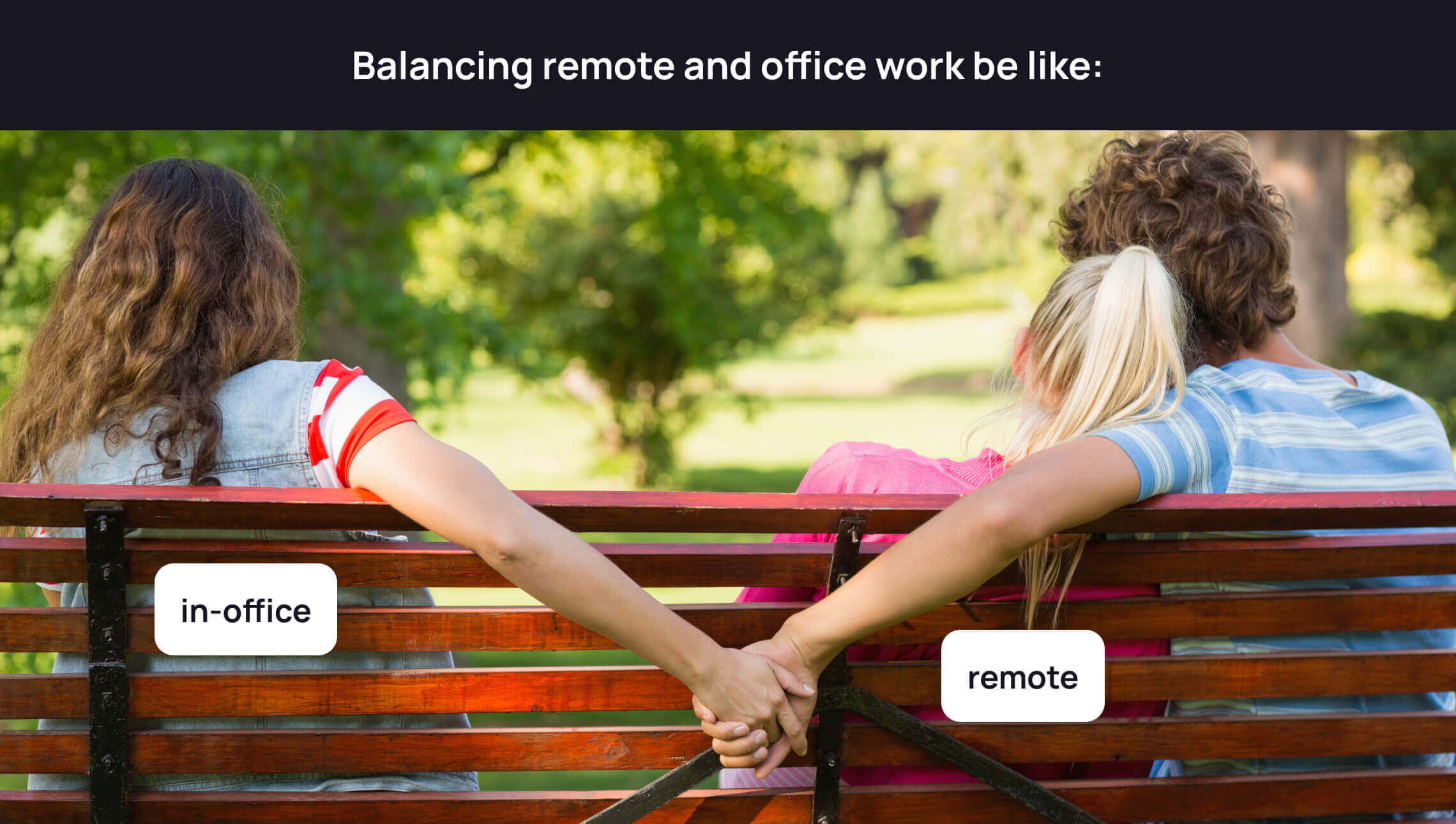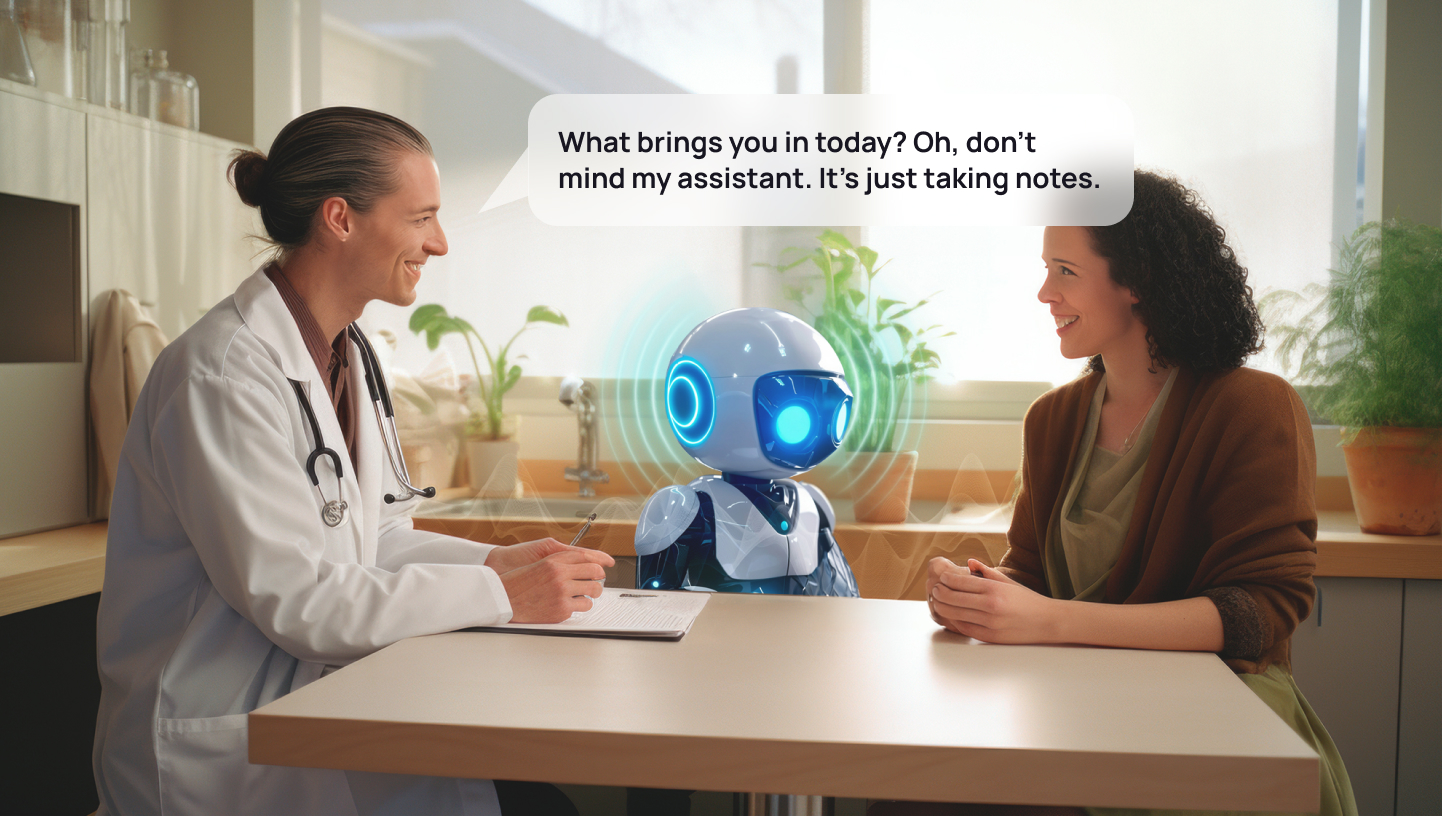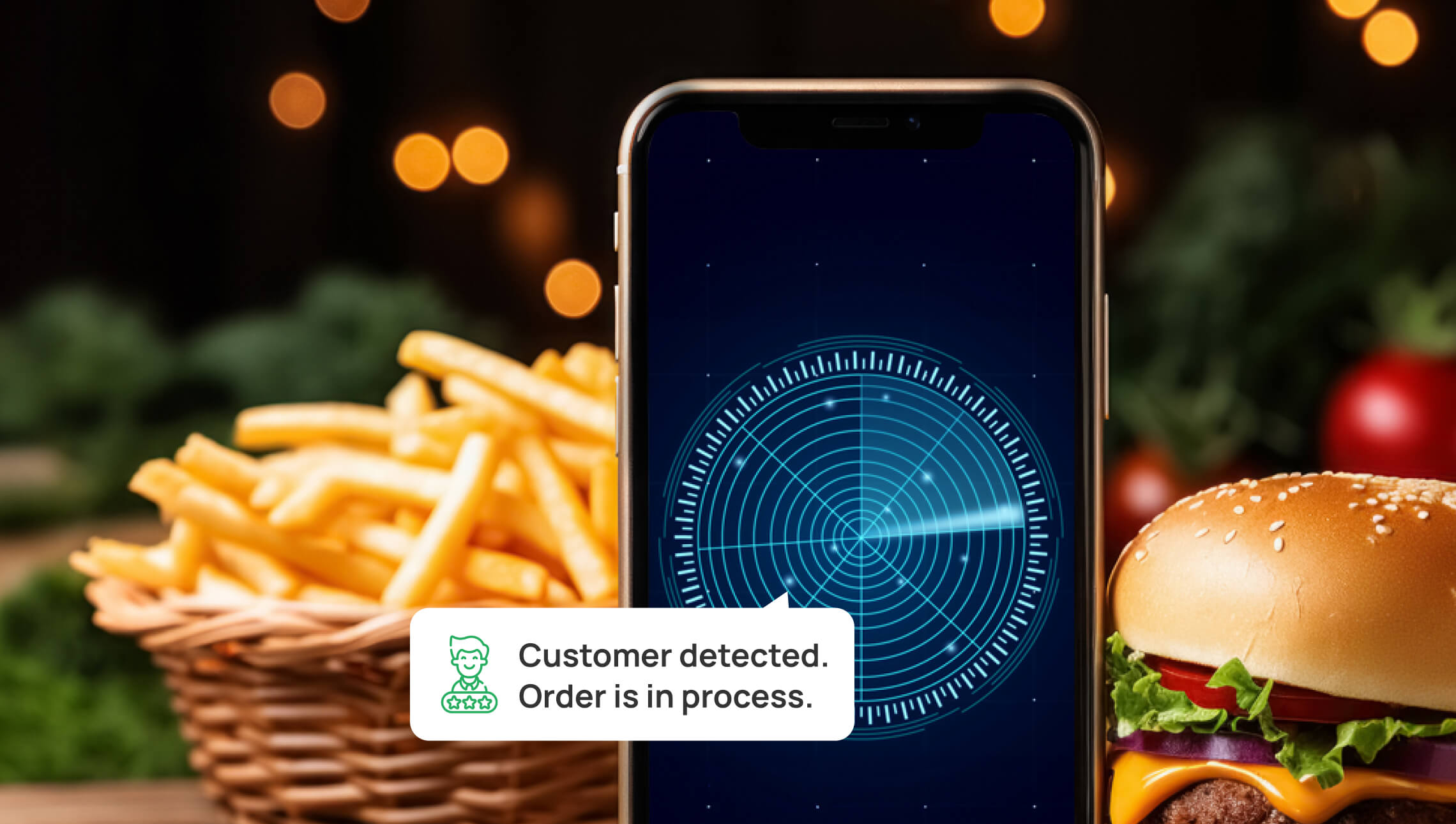The Future of Chatbots in Financial Services

Bank of America, Capital One, HSBC, and other major players in the banking world have been working for years on developing and deploying chatbots in roles ranging from customer service to financial advice, and momentum is continuing to build behind conversational interfaces. So what is the draw? Is there a case for incorporating chatbots into the operations of a financial institution? What is the future of chatbots in financial services?
We asked a few industry experts what they thought was driving the popularity of chatbots in digital banking, and below are some of the factors they identified.

Digital Banking Consultant for Fidor Bank AG

Senior Global Industry Strategist of Financial Services at OpenText

Organizer and Host of The Banking Scene Afterwork
Cost reduction
It’s hard to pin down exactly how much chatbots can drive down costs in banking and finance, but the savings are likely to be significant in the future. Monica Hovsepian notes a Juniper report that projects that chatbots will be saving companies up to $7.3 billion a year by 2023, largely by assisting in customer service roles and streamlining operations.
While some cost savings may come from using chatbots to automate some back-office functions, the bulk of it comes from using them alongside customer service agents. They can answer basic queries, conduct preliminary data collection, diagnose issues, and connect customers to representatives when necessary, allowing employees to concentrate on high-level problems rather than basic details. Indeed, Salesforce reports that 64% of agents working with chatbots can work on complex problems most of the time, while only 50% of those without chatbots can say the same.
In the future, chatbots will be able to improve not just service to their customers but also to look for more value-added jobs for their employees that before were simply answering repetitive questions.Rik Coeckelbergs
Juniper Research estimates that chatbots save, on average, four minutes of representative time and $0.5-$0.70 per customer query. Of course, as Germain Bahri, a Digital Banking Consultant for Fidor Bank AG, says, “ROI depends on the use case and existing customer service set-up.”
Improved customer experience

I think the business case, in the first place, was based on cost reduction, and now witness more thanks that pick up chatbots to create value instead of simply replacing human capital. It’s no longer just a cost question, but a question of customer experience as well.Rik Coeckelbergs
One of the strongest arguments for chatbots, as Hovsepian points out, is that they “help to expedite customer service and are available 24×7.” Customer support wait times can be a big problem, especially on live chat.
96% of shoppers surveyed by AirCall said they expected a response within five minutes when using live chat, and 80% wanted it within two. By serving as the initial point of contact, chatbots can engage every customer almost instantly and either act as a self-service interface or provide agents with the information they need to handle cases more quickly.
A quick response that is ultimately unhelpful can be as frustrating as long wait times, however. Dan Hudson, CEO of Bankmark/NuBank Group, hasn’t been a fan of the chatbots he’s encountered.
I personally hate them, as the lag time is too great in typing to reply and 50% of the time the person answering the question has no clue what they are talking about, as they’ve never worked in a bank.Dan Hudson
Experiences are improving as the technology matures, however. Between 2019 and 2023, Juniper Research identified a nearly 3,150% increase in successful interactions between banking chatbots and users. “As NLP (Natural Language Processing) evolves and domain expertise is added to AI systems,” they report, “chatbots are demonstrating a proven record of seamless service delivery, which will drive adoption by initially skeptical financial institutions.”
Chatbots can also provide a lot of data about interactions that can be used for individual personalization and general service improvements.
Another way is to use chatbots to do all the service work to get to know customers better, to improve financial services on a more personal level, to complete customers’ profiles, and to help customers who have difficulties with finding the right product or with adapting to a certain service.Rik Coeckelbergs
More precise marketing

Bahri also believes that in the future chatbots may contribute to more efficient marketing and customer retention with ”ease of use/convenience translating into higher customer engagement and NPS (Net Promoter Score)”. Chatbots can act as highly personalized advertising tools, learning and responding to customer needs and preferences and giving them some control over their experience.
Bots can be deployed across a wide variety of platforms, from company websites to messaging apps like Messenger or WhatsApp. This opens up opportunities to contact customers via channels they already engage with. Personalized greetings, tone, recommendations, and alerts can also help enhance customer loyalty by providing a friendlier, more unified experience.
Done right, a chatbot can not only cut costs but also generate revenue by attracting new customers and retaining old ones.
As banks recognize the move to the digitization and building better customer engagements — chatbots are a great strategy.Monica Hovsepian
Making the case for banking bots
While it has the potential to cut costs, enhance customer experiences, and improve marketing, conversational UI isn’t a magic bullet. It has to be implemented with a human-centric philosophy, focused on both customer and employee success. Chatbot capabilities are growing steadily as AI and NLP improve, but banks will need to be aware of their limitations in order to place and work with them effectively.





